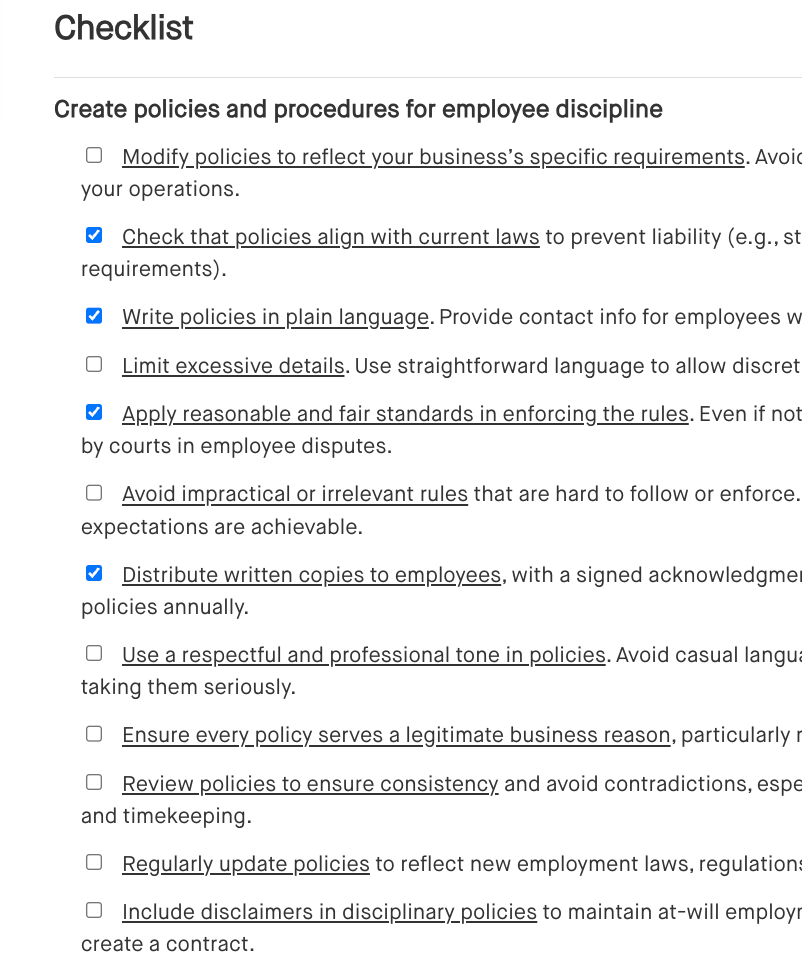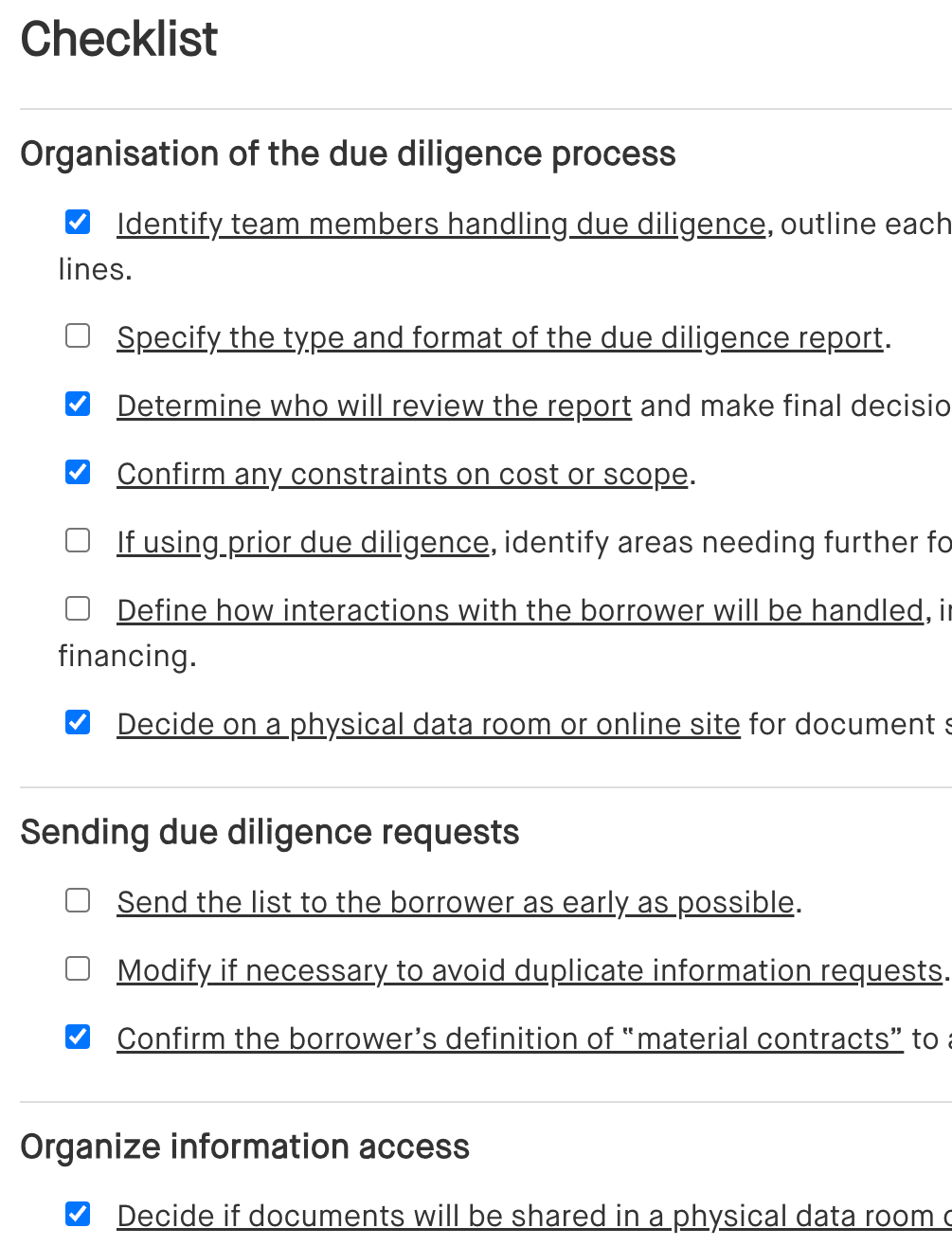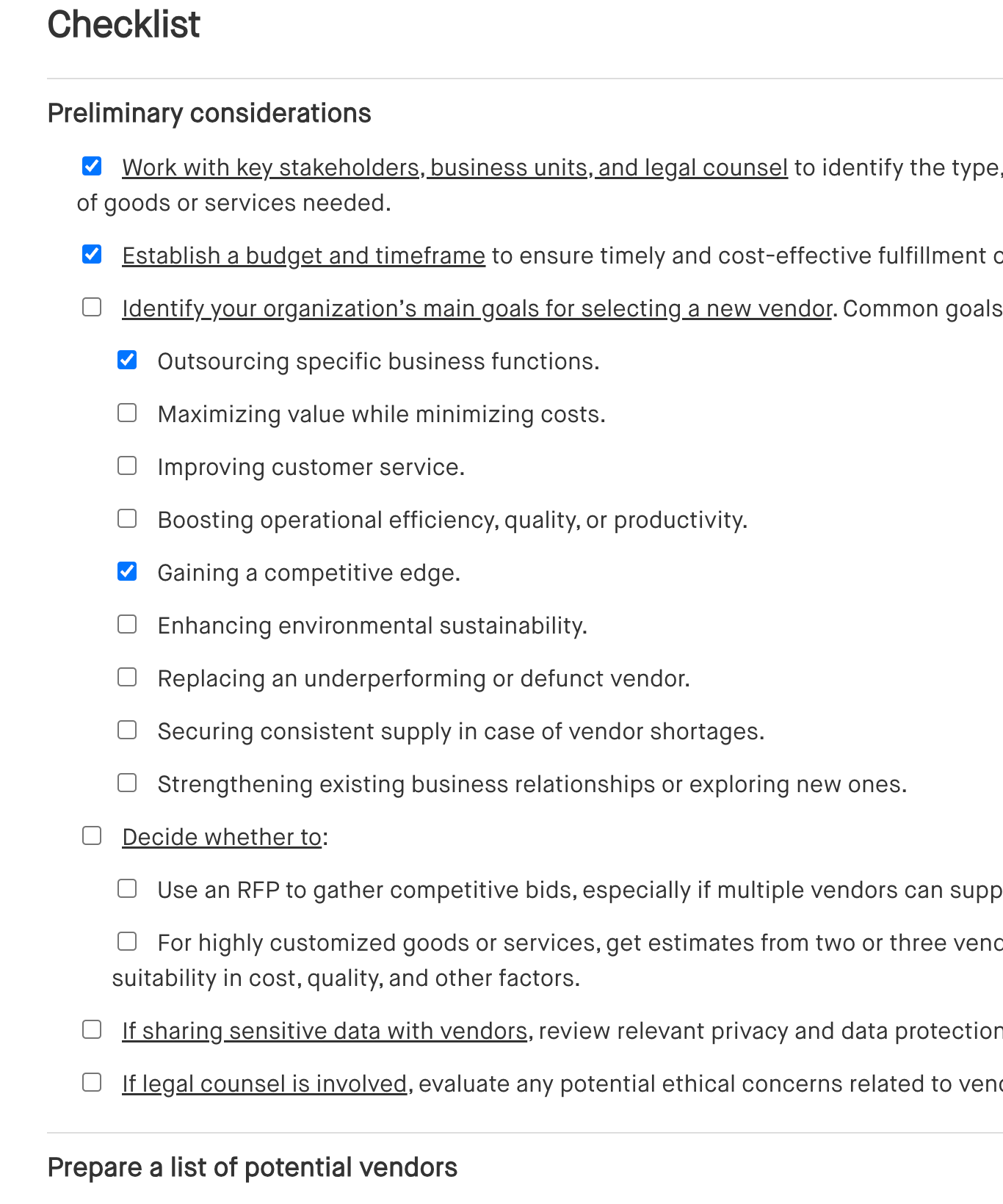Drafting an executive employment agreement: Free checklist
Drafting an executive employment agreement checklist
In today's competitive business environment, having a well-structured executive employment agreement is essential for both the employer and the executive. This checklist serves as a practical guide for employers to navigate the key components of drafting effective executive employment agreements. It outlines important considerations and best practices to ensure that the agreements meet legal requirements while aligning with company goals.
By using this checklist, employers can create clear, comprehensive agreements that protect their interests and establish a positive working relationship with executives.
How to use this drafting an executive employment agreement checklist
This checklist is a practical tool for drafting executive employment agreements. Here’s how to use it effectively:
- Review each section: Start by examining all sections of the checklist to understand the key components required for a robust executive employment agreement.
- Follow the steps systematically: Work through each item in the checklist in order, ensuring that you address all relevant aspects before finalizing the agreement.
- Document your process: Keep records of your findings and the steps taken while using the checklist. This documentation will be useful for reference and may be important for legal compliance.
- Use it as a drafting guide: Apply the checklist as a reference while drafting the executive employment agreement, helping you stay organized and thorough in your approach.
- Incorporate feedback: Utilize insights gained from the checklist to inform discussions with legal counsel or other stakeholders, ensuring the agreement aligns with best practices.
- Regularly revisit and update: Make it a habit to periodically review and update the checklist to reflect changes in laws, regulations, or company policies, keeping your drafting approach current and effective.
Checklist
Benefits of using a drafting an executive employment agreement checklist
Using a drafting an executive employment agreement checklist provides several important benefits. Here’s how it helps:
- Ensures thoroughness: The checklist prompts you to cover all critical components, reducing the risk of overlooking important terms or provisions in the agreement.
- Promotes compliance: By following a structured approach, you can ensure the agreement adheres to applicable laws and regulations, minimizing legal risks.
- Facilitates clarity: The checklist helps clarify complex legal language, ensuring that both parties understand the terms and conditions of the agreement.
- Streamlines the drafting process: With clear steps outlined, the checklist simplifies the drafting process, making it more efficient and less time-consuming.
- Improves enforceability: Regularly using the checklist helps you keep the agreement current and enforceable, reflecting changes in laws and best practices over time.
Frequently asked questions (FAQs)
Q: What key elements should be included in an executive employment agreement?
A: Essential elements include compensation details, benefits, job responsibilities, severance provisions, restrictive covenants, and termination conditions. Make sure each element is clearly defined to avoid ambiguity.
Q: How often should I review the executive employment agreement?
A: It’s advisable to review the agreement at least annually or whenever there are changes in laws or company policies that may affect its terms.
Q: Can I modify the executive employment agreement after it’s been signed?
A: Yes, but modifications usually require mutual consent from both parties. Ensure that any amendments are documented in writing and signed by both the employer and the executive.
Q: What happens if there’s a conflict between the executive employment agreement and other company policies?
A: The executive employment agreement typically takes precedence unless otherwise stated. It's crucial to ensure consistency across all company policies to avoid conflicts.
Q: How can I ensure the agreement complies with state laws?
A: Consult legal counsel familiar with employment law in your state to review the agreement and ensure it meets all legal requirements and industry standards.
This article contains general legal information and does not contain legal advice. Cobrief is not a law firm or a substitute for an attorney or law firm. The law is complex and changes often. For legal advice, please ask a lawyer.


